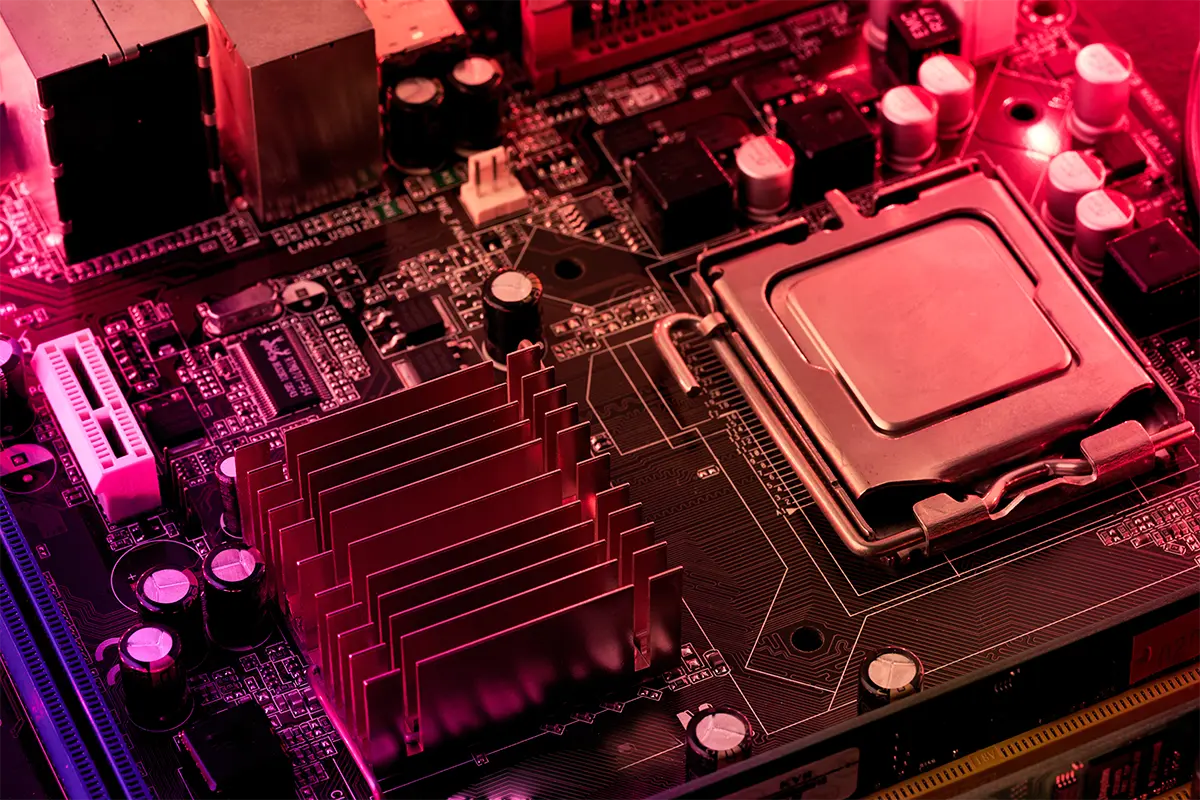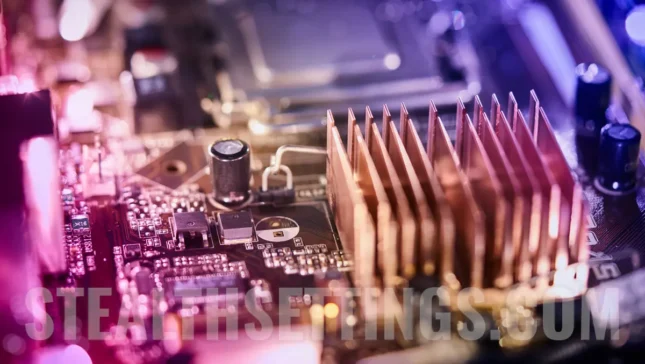Most Windows PC users know very well What overclocking means, but few I know if it is worth doing overclock to a PC. Especially on our days when PC systems are found on the market whose components are very strong.
content
If you are a novice in computers, this article will definitely help you choose what is best To increase your PC performanceto.
What does overclocking mean?
Overclocking is the process by which the basic parameters of some hardware components are changing to achieve better performance. Can overclock the motherboard (motherboard) of a computer, processor (CPU), RAM or video card (video card).
This means that the standard performances of the components of a computer, those that have been designed by the manufacturer, will be modified to increase the processing capacity in games and applications. Overclocking is done by changing the frequency of the voltage of some components. A the method that is not approved by the producers and which leads to the loss of the warranty. So, be careful if you want to overclock to a PC.

Next, you will see some concrete examples of what can be obtained through CPU, RAM, video card and motherboard.
Overclocking procesor (CPU)
If your computer has a processor with a standard 3.6 GHz frequency can be overclockat at 4.2 GHz to get better performance in games or applications that require a lot of processing power.
Remember, however, that a computer is a system composed of several hardware components. CPU overclocking may not be sufficient to increase performance. In addition, a forced increase in processor frequency can lead to its overheating and stability problems of the system.
Overclocking memorie RAM
A RAM with a standard 2133 MHz frequency can be overclocking to 2400 MHz to improve the transfer speed and reduce applications loading time.
Overclock Ram is a little more delicate and is recommended for experiences. Most of the system Instablitiates come due to the settings of the new parameters of the RAM.
Overclocking placa video
A 1.4 GHz base video card can be overclocking to 1.7 GHz to improve the performance of games and graphic applications.
It is a process that I generally enthusiast by games, but it is also practiced for computers used in video processing or advanced graphics.
Overclocking motherboard (placa de baza)
A Motherboard (Moterboard) plate can be overclocked by adjusting the frequency of the processor, voltage and other settings to achieve better performance and better stability of the system.
It is recommended only for experts who understand very well what the frequency change and the voltage of the components involve. Some half -connected techniques are used by which two or more circuits of the motherboard are connected to increase the voltage in certain areas.
Is it worth doing overclock to a PC?
How much is the performance of a PC after the overclocking? Not much. Don't expect an overclock to make a rocket from a modest computer. In addition, besides the loss of the guarantee on components offered by the manufacturer, there are high chances that they will give up over time. This is if a correct overclocking is done, which does not cause immediate operating problems.
When a manufacturer establishes a maximum frequency for a processor, it means that it has taken into account what maximum temperature can support, for how long and especially what will be wear over time at the stabilized frequency.
By increasing the frequency of the processor, you may notice small improvements in games or applications, but this performance comes with a higher temperature and a more accentuated wear.
The same consequences are also in the case of overclocking video plates.
Conclusion: Is it worth doing overclock to a PC?
You can do overclock to a PC only if you have thorough knowledge of what this process of modifying the basic parameters set by the manufacturer involves. If you are willing to lose the service guarantee and if you want to risk the stability of the entire hardware system.
